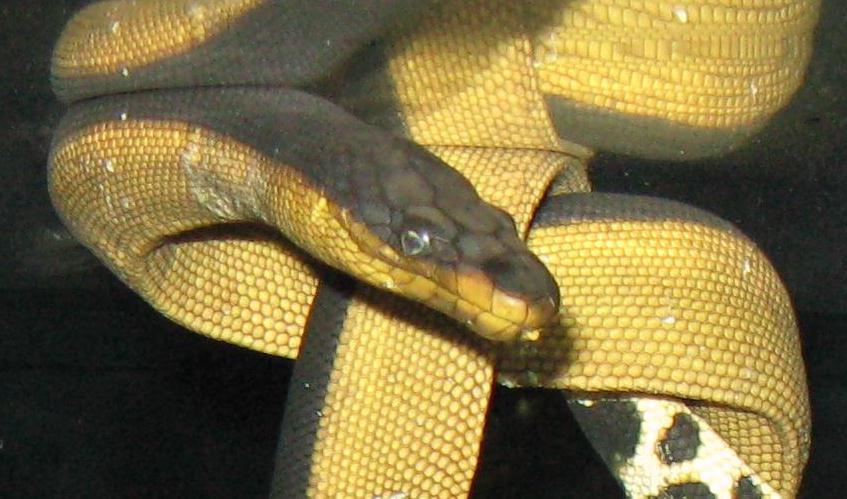Media release
From:
Sexual dimorphism in aipysurine sea snakes (Elapidae, Hydrophiinae)
When sea snakes evolved from land-dwelling snakes, they had to adapt to a new set of challenges. That included their mating habits, because the usual method for males to locate females (scent trails) don't work underwater. In turn, those shifts imposed new pressures for the evolution of differences in body size and shape between males and females.
The adaptive significance of large size at birth in marine snakes
Why do some species produce a few large offspring whereas others produce many small offspring? For example, sea snakes have fewer larger babies than do land snakes. We recorded rates of attack by predatory fishes to snake-shaped fishing lures (without hooks) in a coral-reef habitat, and showed that smaller snakes are at high risk of attack whenever they need to swim to the surface to take a breath. That may be the reason why sea snakes have such large babies.



 Australia; NSW; NT
Australia; NSW; NT



